- Group Exhibition »Kinships: John Coplans, June Crespo, Florian Slotawa« Mexico City, 2019
- »Florian Slotawa« Stockholm, 2017
- »Florian Slotawa« Berlin, 2015
- Group Exhibition »GATHERED FATES curated by Ignasi Aballí« Berlin, 2015
- Group Exhibition »Umstülpung - curated by Günter Umberg« Berlin, 2012
- »Florian Slotawa« Berlin, 2009
- Group Exhibition »Alice Doesn't Live Here Anymore« Stockholm, 2006
-
Robert Preece: Endless Inventory - A Conversation with Florian Slotawa, Sculpture, Vol. 42, No.2, Mar/Apr 2023
-
Brian Sholis: Florian Slotawa at P.S. 1 Contemporary Art Center, ArtForum, Sep. 2009
-
Martin Seidel: "Florian Slotawa – Andere Räume", Kunstforum International, Dez 2012
-
Mark Prince: Review – Florian Slotawa at Galerie Nordenhake, FRIEZE d/e NO.22, Dez 2015-Feb 2016
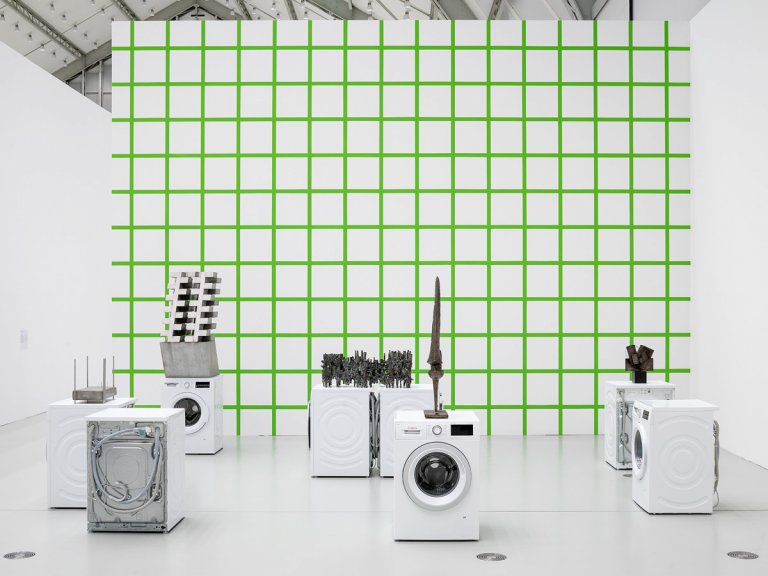
Installation view "Florian Slotawa: Stuttgart Sichten. Skulpturen der Staatsgalerie Stuttgart", 26.10.2018 – 20.1.2019, Halle für aktuelle Kunst/Deichtorhallen Hamburg. Foto: Henning Rogge/Deichtorhallen Hamburg
Florian Slotawa
Florian Slotawa was born in 1972 in Rosenheim, Germany. He lives and works near Bolzano, Italy.
In 2018 he presented the comprehensive solo exhibition Stuttgart sichten at the Deichtorhallen in Hamburg. In 2024 Stuttgart sichten has been on view again with 50 sculptures, part of the collection Staatsgalerie Stuttgart, see here.
His solo exhibitions include Museum Jorn, Silkeborg, Denmark (2022), Kunstverein Rosenheim, Rosenheim (2017), Hamburger Bahnhof Museum für Gegenwart, Berlin, with Paola Pivi und Bojan Šarčević (2014), Arp Museum Bahnhof, Remagen (2012), Artspace, San Antonio (2012), P.S.1, MoMA, New York (2009), Kunstverein Solothurn, (2008), Arthouse, Austin (2007), Haus am Waldsee, Berlin (2005), Bonner Kunstverein (2004) and Kunsthalle Mannheim (2002). He has taken part in numerous group exhibitions internationally, most recently at Kunstverein Wolfsburg (2016 and 2006), Guggenheim Bilbao and Haus am Lützowplatz (both 2016), Hamburger Kunsthalle (2015), MoCA, Taipei, Muzeum Sztuki, Lodz, Vancouver Art Gallery (all 2013), Museum für Moderne Kunst, Frankfurt/Main, Pinakothek der Moderne, München (all 2012), Museum of Contemporary Photography, Chicago (2009), Kunstmuseum Wolfsburg (2008), as well as ZKM Karlsruhe and Sprengel Museum, Hannover (both in 2007). He participated in the 4th Berlin Biennale (2006) and in the Aichi Triennale (2013), Nagoya. After exhibitions in 2009 and 2015 in Berlin, his first show at Galerie Nordenhake Stockholm opened in February 2017.
Slotawa's work is included in the collections of Sammlung Boros, Berlin, Sammlung Haubrok, Berlin, Museum für Moderne Kunst (MMK), Frankfurt am Main, Hamburger Kunsthalle, Hamburg, Kunsthalle zu Kiel, Kiel, Kunsthalle Mannheim, Mannheim, Bayerische Staatsgemäldesammlung, Sammlung zeitgenössischer Kunst der Bundesrepublik Deutschland, Städtisches Museum Abteiberg, Mönchengladbach, Städtische Galerie Rosenheim, Rosenheim, FRAC - Nord-Pas de Calais, Dunkerque, Staatsgalerie Stuttgart, Stuttgart, Sammlung der Landesbank Baden-Württemberg, Zabludowicz Collection, London. In 2000 he was awared with the Hector-Kunstpreis by the Kunsthalle Mannheim.
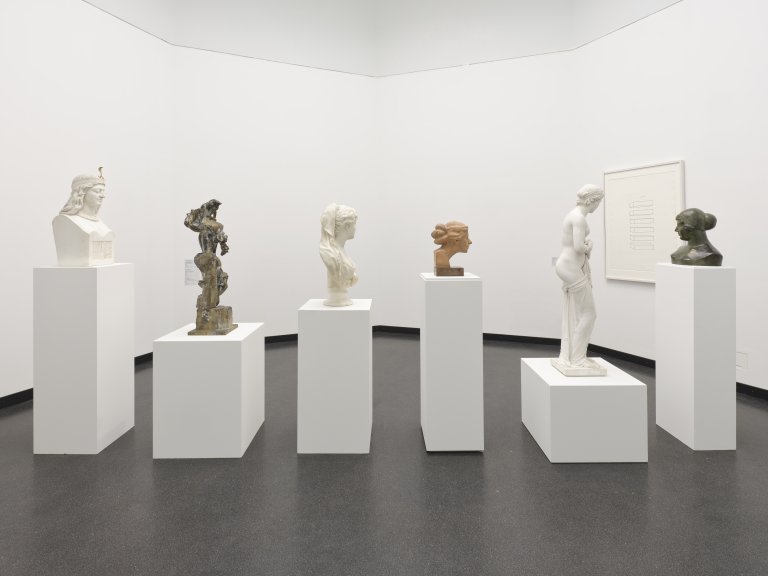
Installation View "Florian Slotawa: Stuttgart Sichten. Skulpturen der Staatsgalerie Stuttgart" Kunstgebäude Stuttgart, 2024. Foto: VG Bild-Kunst
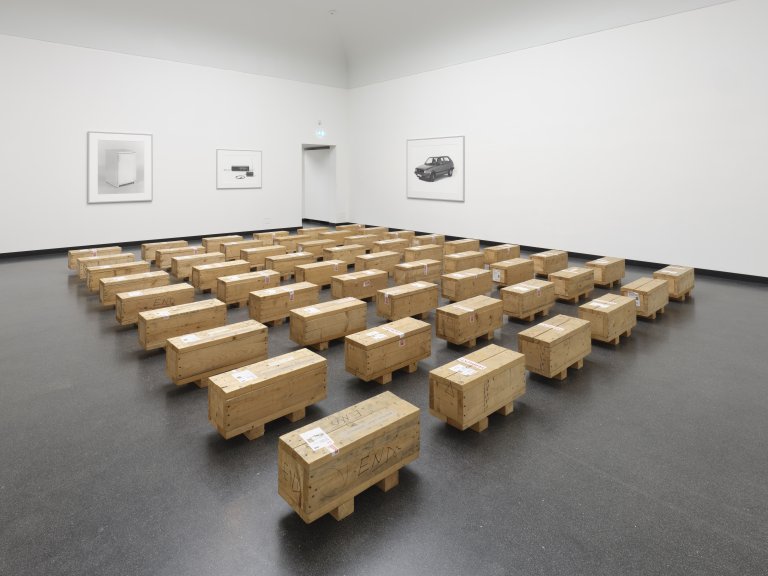
Installation View "Florian Slotawa: Stuttgart Sichten. Skulpturen der Staatsgalerie Stuttgart" Kunstgebäude Stuttgart, 2024. Foto: VG Bild-Kunst
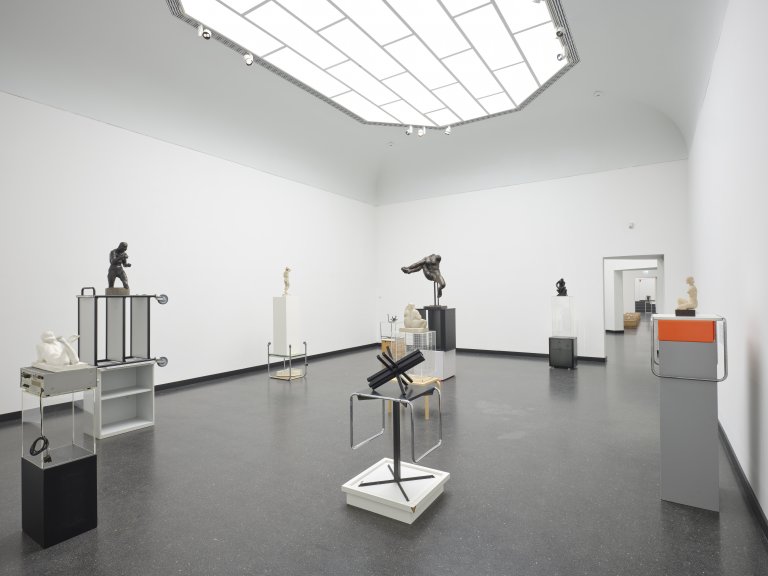
Installation View "Florian Slotawa: Stuttgart Sichten. Skulpturen der Staatsgalerie Stuttgart" Kunstgebäude Stuttgart, 2024. Foto: VG Bild-Kunst
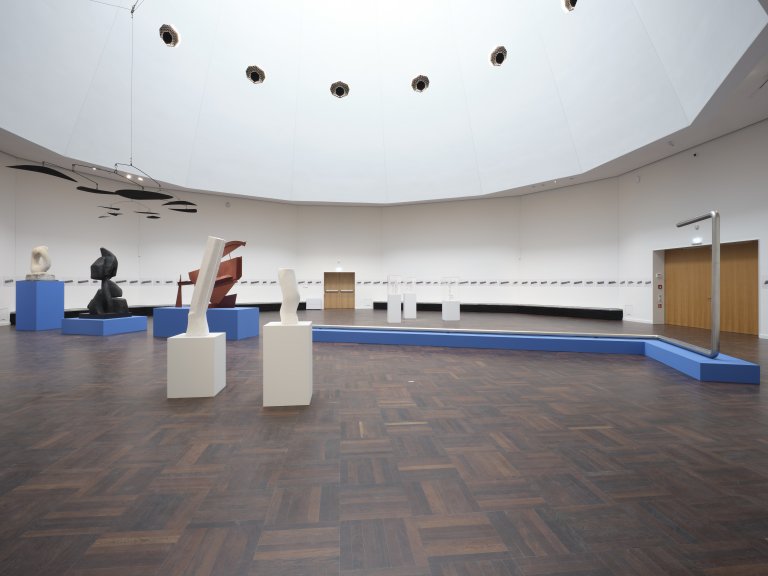
Installation View "Florian Slotawa: Stuttgart Sichten. Skulpturen der Staatsgalerie Stuttgart" Kunstgebäude Stuttgart, 2024. Foto: VG Bild-Kunst
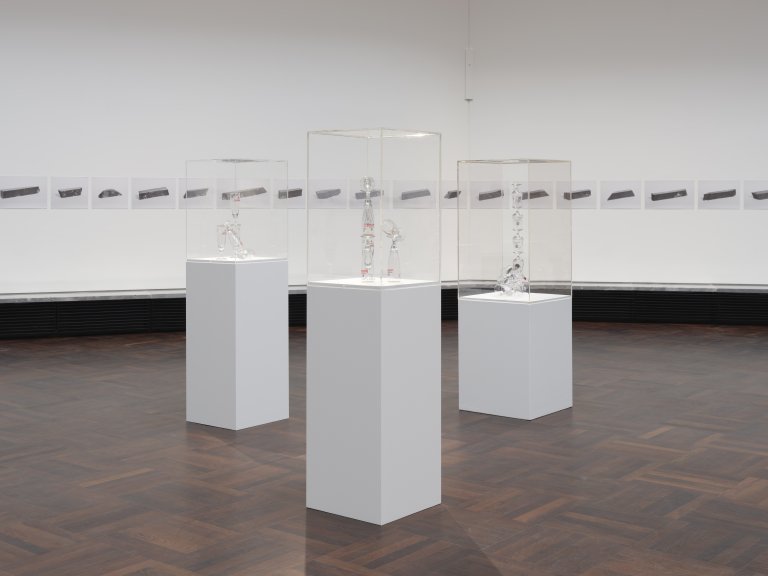
Installation View "Florian Slotawa: Stuttgart Sichten. Skulpturen der Staatsgalerie Stuttgart" Kunstgebäude Stuttgart, 2024. Foto: VG Bild-Kunst
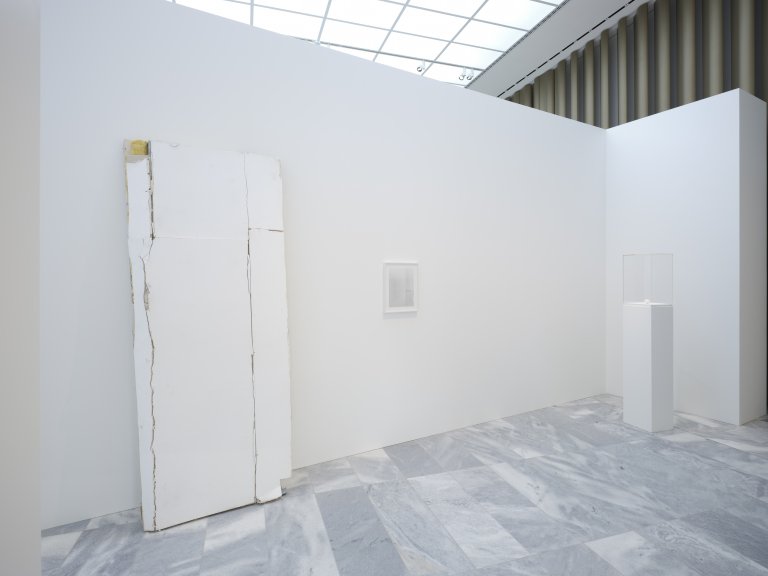
Installation View "Florian Slotawa: Stuttgart Sichten. Skulpturen der Staatsgalerie Stuttgart" Kunstgebäude Stuttgart, 2024. Foto: VG Bild-Kunst
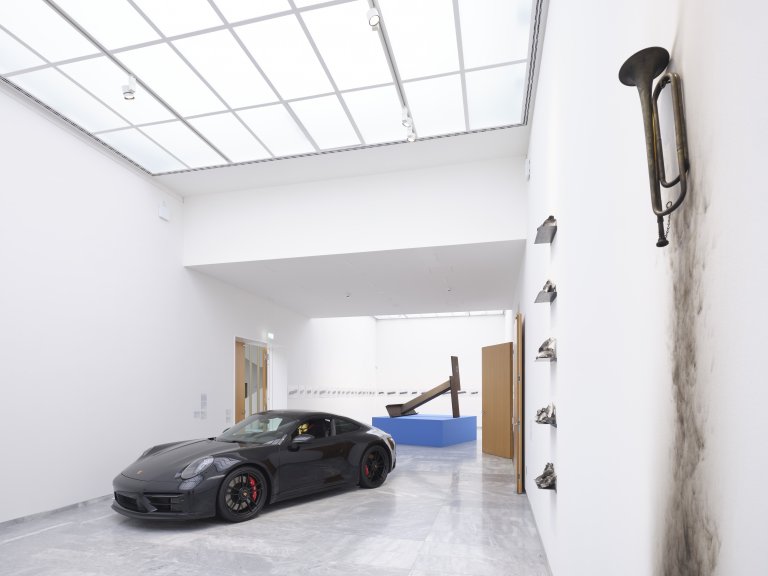
Installation View "Florian Slotawa: Stuttgart Sichten. Skulpturen der Staatsgalerie Stuttgart" Kunstgebäude Stuttgart, 2024. Foto: VG Bild-Kunst
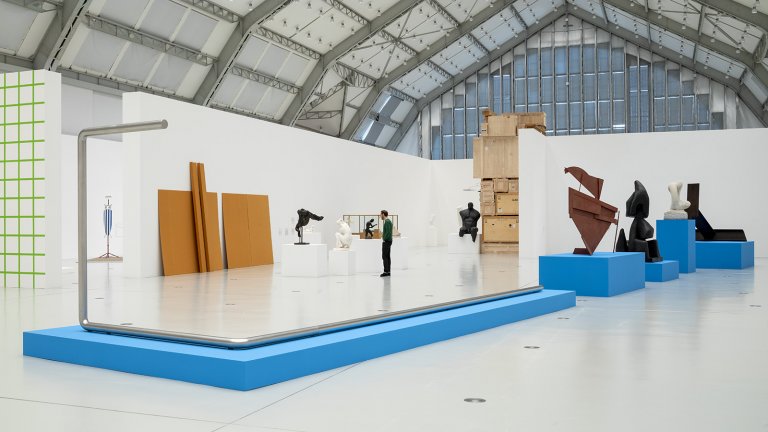
Installation View "Florian Slotawa: Stuttgart Sichten. Skulpturen der Staatsgalerie Stuttgart" Halle für aktuelle Kunst/Deichtorhallen Hamburg, 2018/19. Foto: Henning Rogge/Deichtorhallen Hamburg
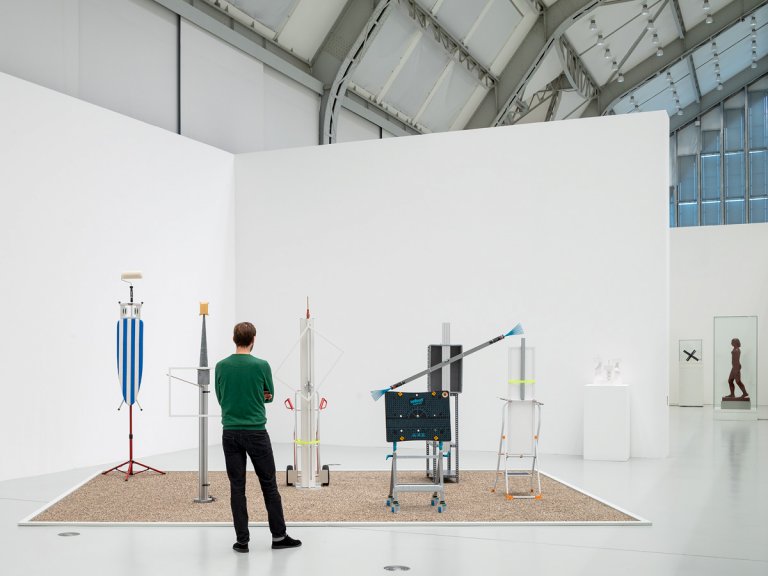
Installation view "Florian Slotawa: Stuttgart Sichten. Skulpturen der Staatsgalerie Stuttgart" Halle für aktuelle Kunst/Deichtorhallen Hamburg, 2018/19. Foto: Henning Rogge/Deichtorhallen Hamburg
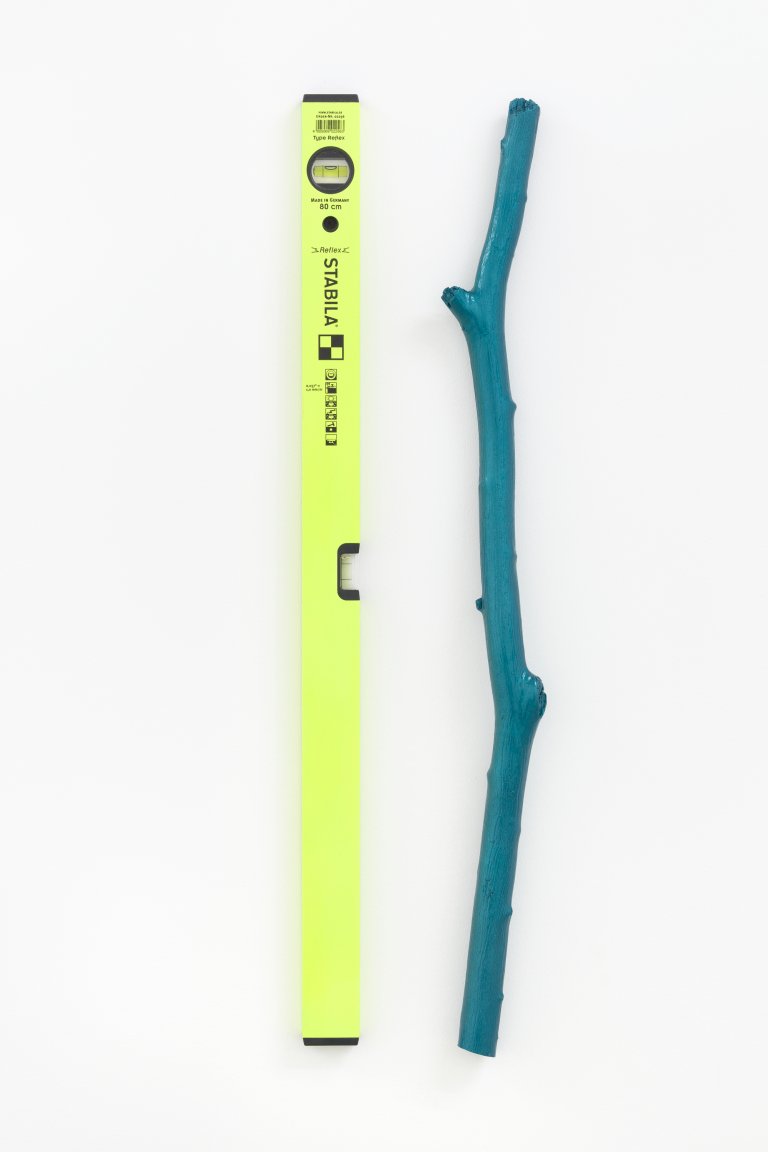
Honda BG28P (Tahitian Green Pearl), 2015, Spirit level, auto lacquer, wood, 80 x 30.5 x 4.5 cm
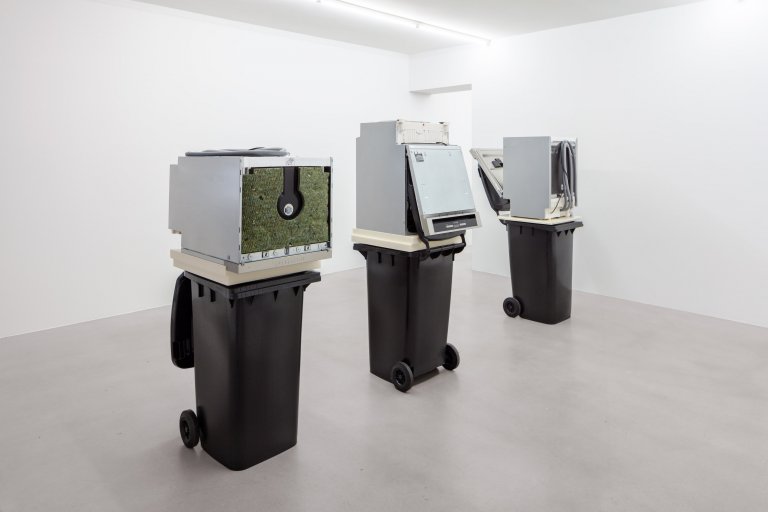
Installation view "Florian Slotawa", Galerie Nordenhake Stockholm 2017
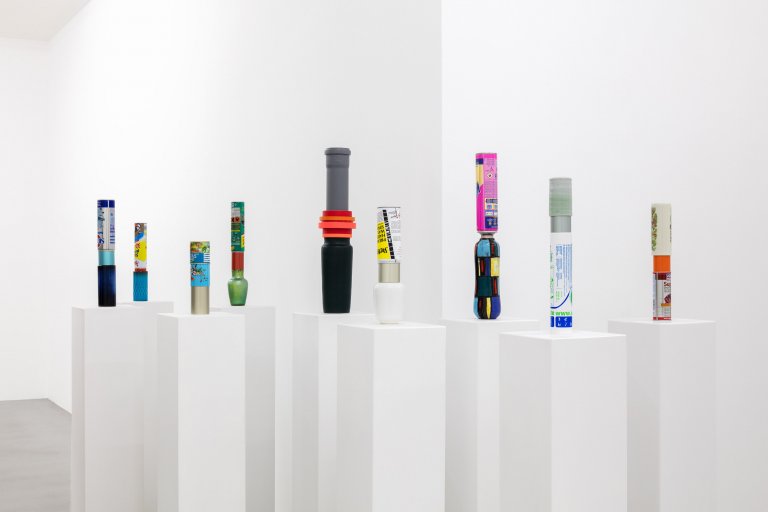
Installation view "Florian Slotawa", Galerie Nordenhake Stockholm 2017
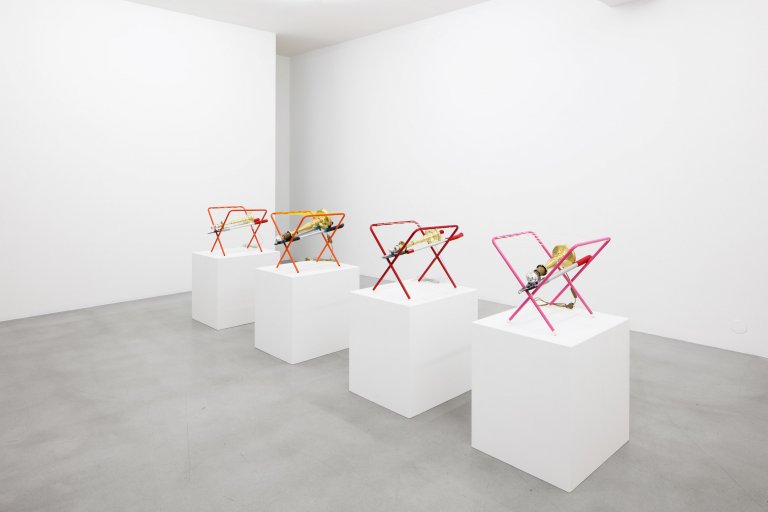
Installation view "Florian Slotawa", Galerie Nordenhake Stockholm 2017
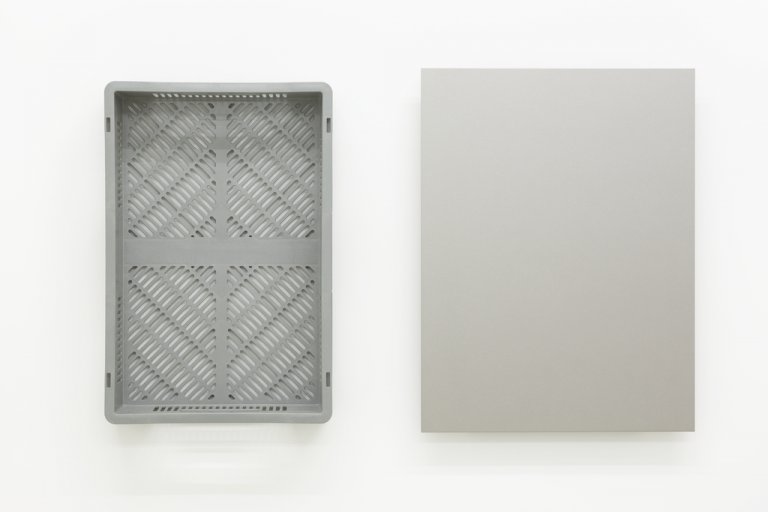
Florian Slotawa, Chrysler, PS4 (Bright Platinum met.), 2015, Plastic box, auto lacquer, aluminium, 65.2 x 106.5 x 12 cm
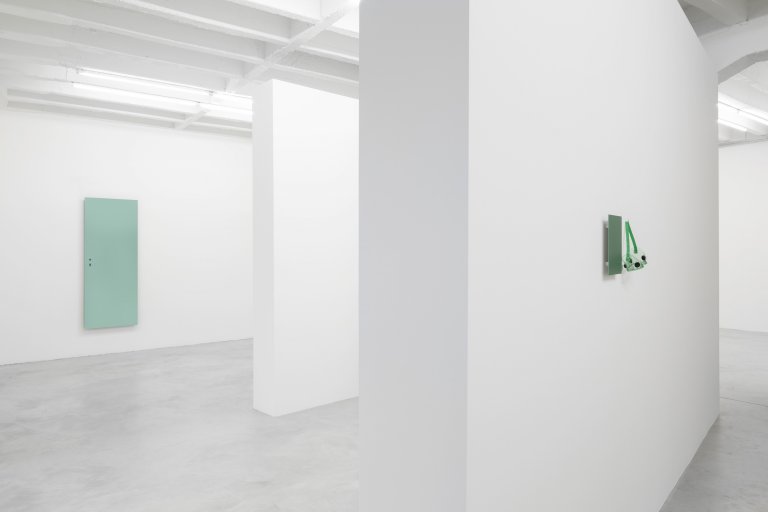
Installation view "Florian Slotawa", Galerie Nordenhake Berlin, 2015
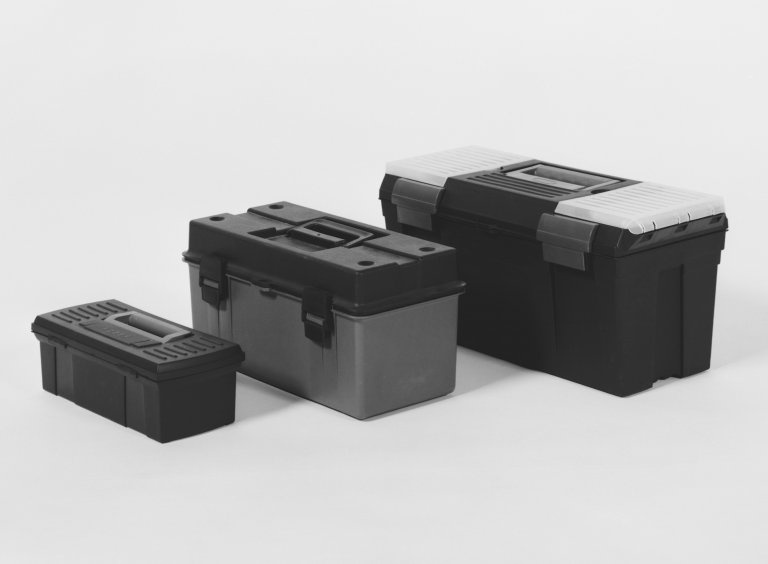
Mannheimer Bestandsaufnahme (Werkzeugkästen), 2008/2009, gelatin silver print on baryta paper, 55.6 x 77 cm
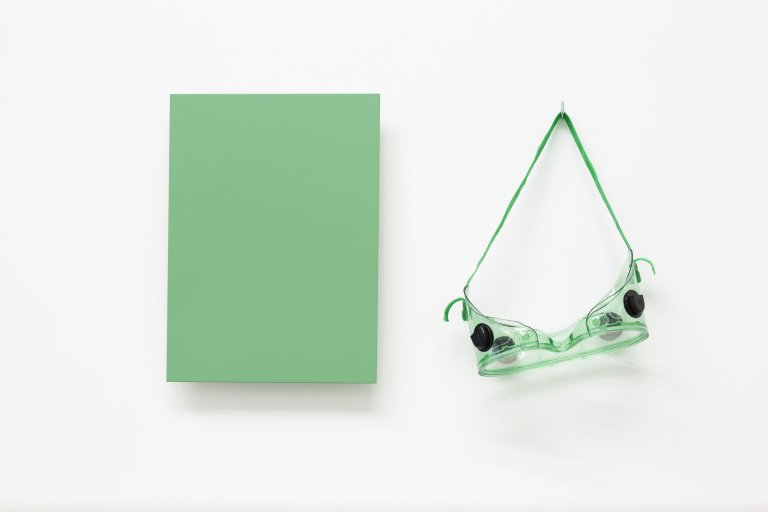
Volkswagen C6T (Jadegrün met.), 2015, safety goggles, auto lacquer, aluminium, 26 x 43.5 x 11 cm
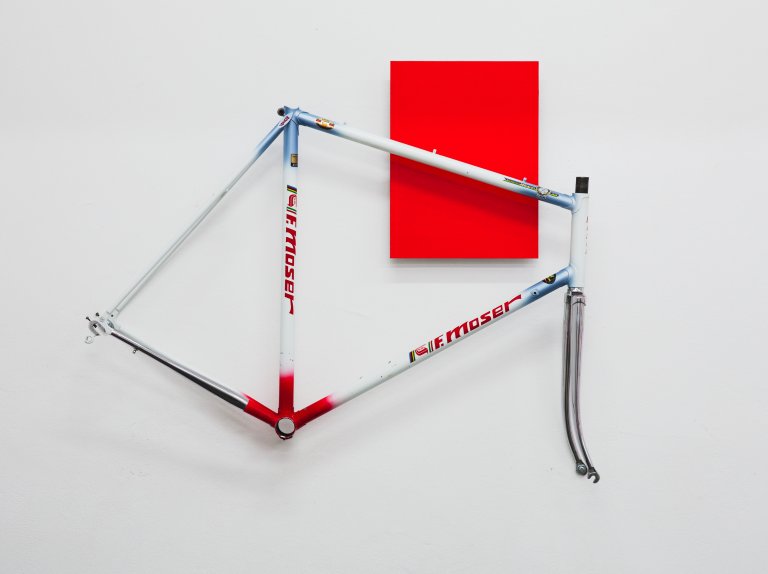
NCS S 0585-Y80R, 2015, bicycle frame, acrylic on aluminum, 90 x 104 x 15 cm
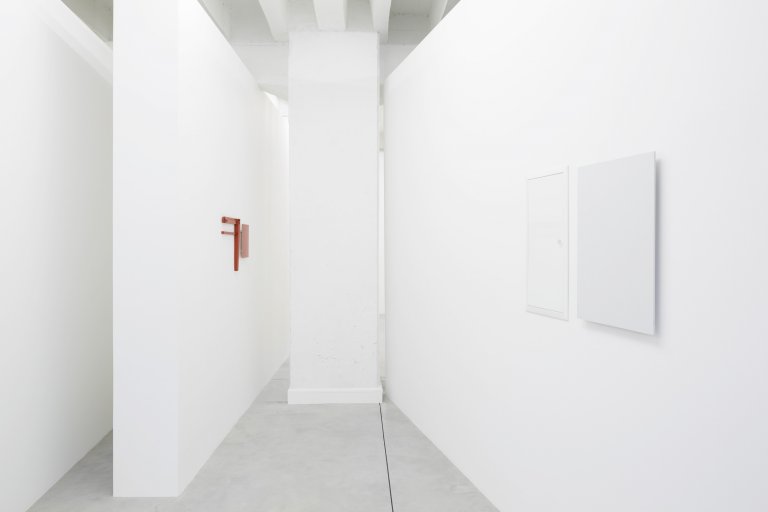
Installation view "Florian Slotawa", Galerie Nordenhake Berlin 2015
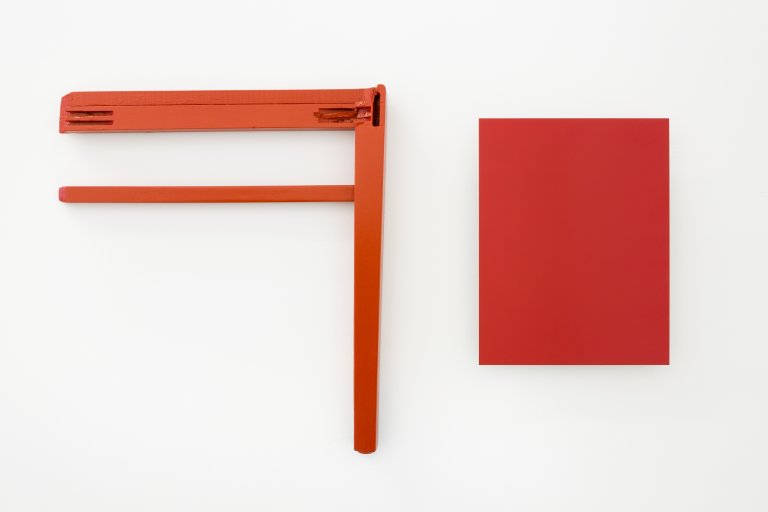
Toyota 4X0 (Inferno Orange met.) / Toyota 3D7 (Red), 2015, wood, auto lacquer, aluminium, 45 x 76 x 4 cm
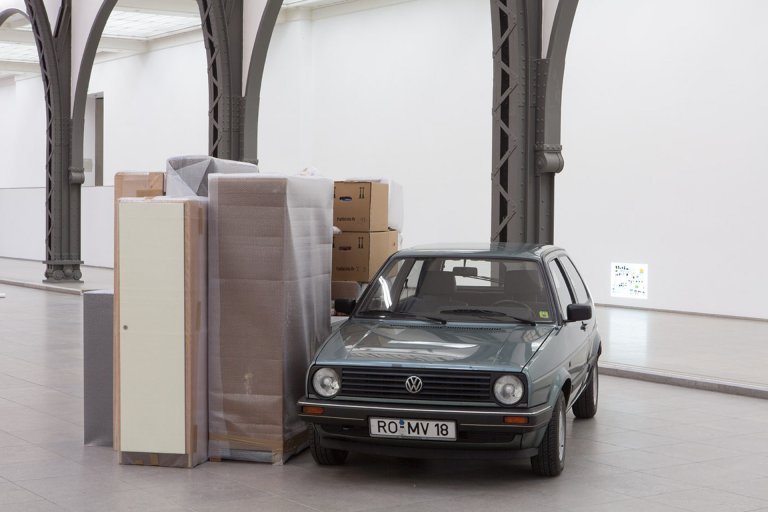
Installation view "Paola Pivi, Bojan Šarčević, Florian Slotawa – Gesamtbesitz, 2002 (from Everyday Life)", Hamburger Bahnhof, Museum für Gegenwart, Berlin 2014 (exhibition)
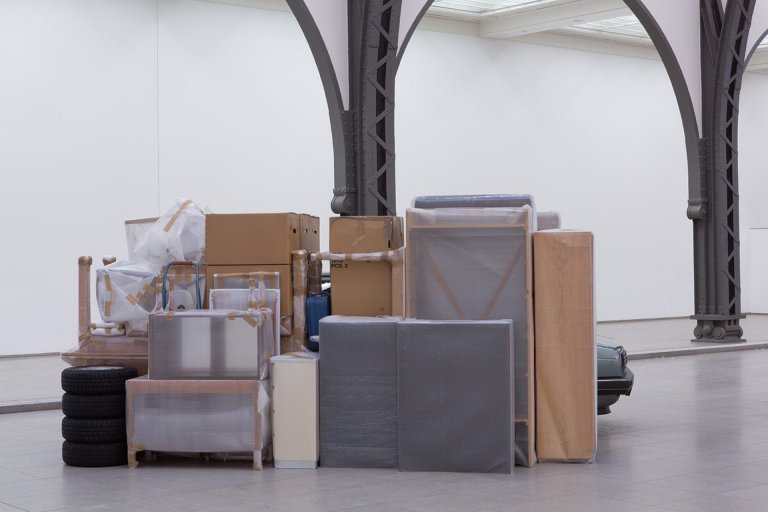
Installation view "Paola Pivi, Bojan Šarčević, Florian Slotawa – Gesamtbesitz, 2002 (from Everyday Life)", Hamburger Bahnhof, Museum für Gegenwart, Berlin 2014 (exhibition)
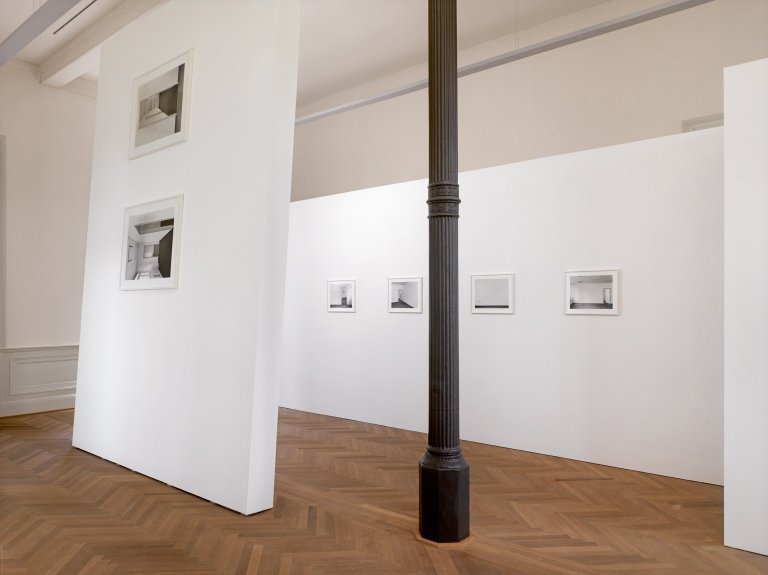
Installation view "Florian Slotawa – Andere Räume", Arp Museum Bahnhof Rolandseck, Ramagen 2012
Photographs of the artist ́s empty studio rooms hang on sections of walls dispersed throughout the exhibition space. The images are part of a black-and-white photo series documenting the location of the studio in a 1960s commercial building in Berlin. The dimensions of the freestanding wall fragments were taken from Haus Esters, a residency in Krefeld designed by Mies van der Rohe, currently functioning as a museum for contemporary art. The exhibition space itself was built in the mid-19th century as an exclusive railway station. Each historic space exemplifies an architectural language – post-war Functionalism, Bauhaus, and Neoclassicism – cast here into a pictorial and spatial confrontation.
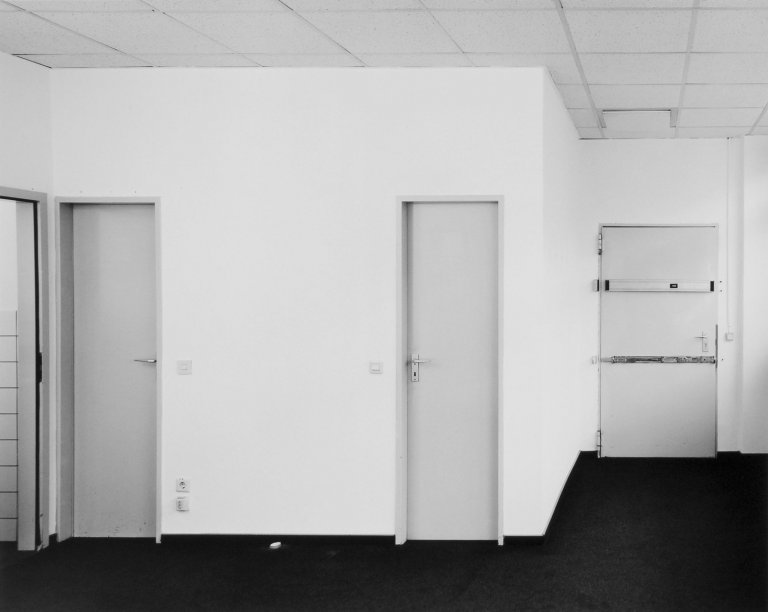
Studio, Room 1 (Raum 1/Raum 2, Raum 1/Küche, Raum 1/Eingang), 2009, gelatin silver print on baryta paper, 3 photographs, each 30.8 x 38.5 cm
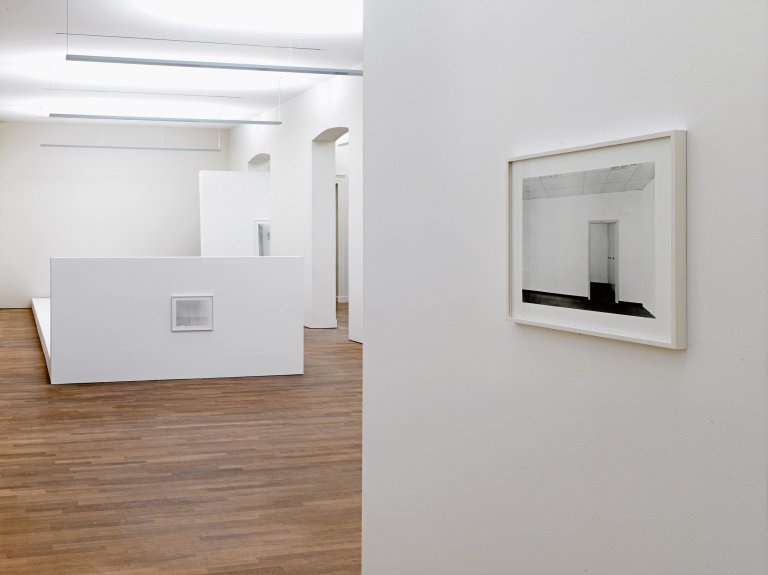
Installation view "Florian Slotawa – Andere Räume", Arp Museum Bahnhof Rolandseck, Ramagen 2012
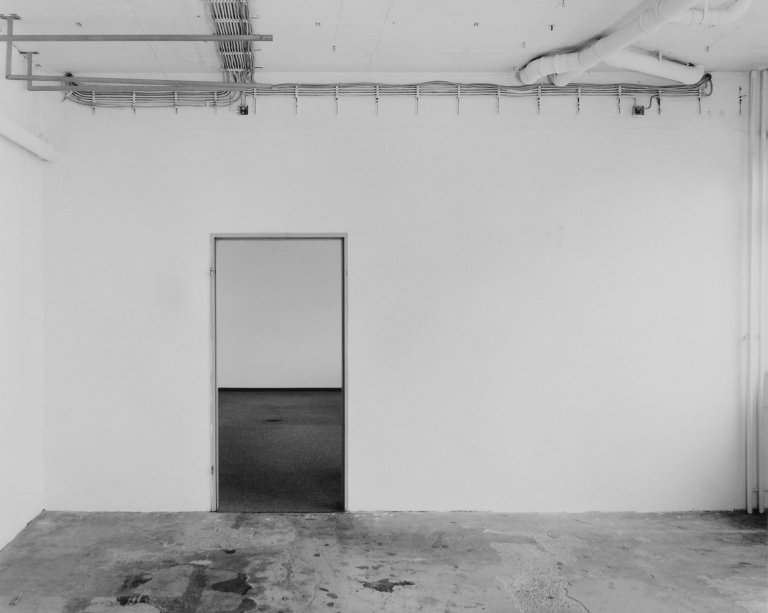
Atelier (Raum V, 1), 2009, gelatin silver print, baryta paper, 30.5 x 38.5 cm
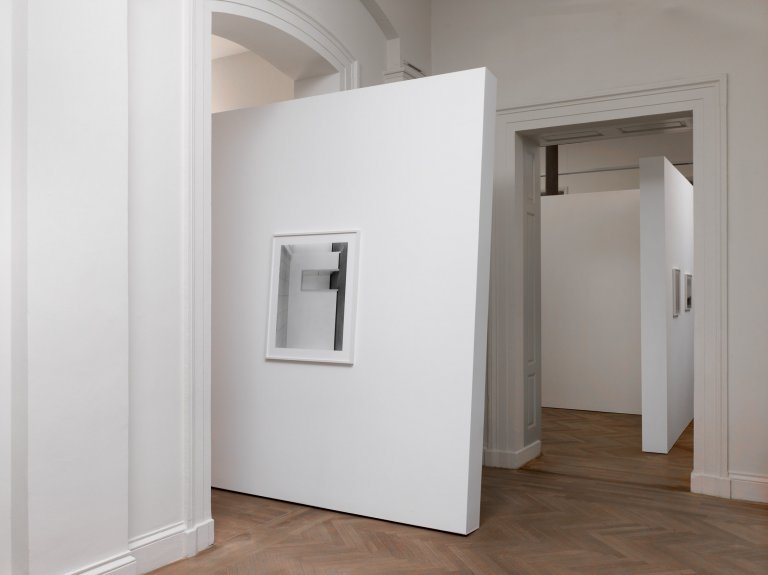
Installation view "Florian Slotawa – Andere Räume", Arp Museum Bahnhof Rolandseck, Ramagen 2012
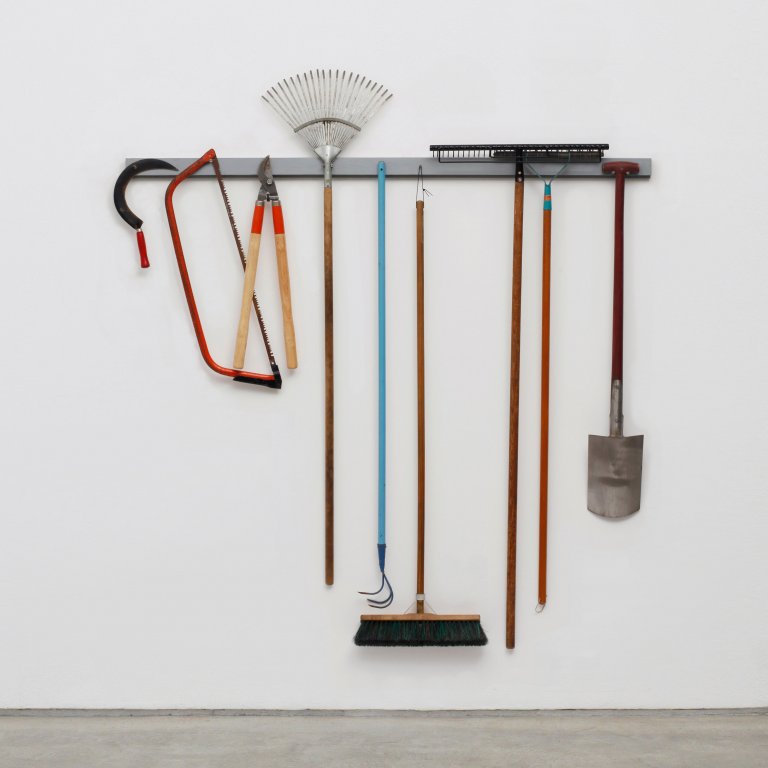
Garden Tools (6), 2011, mixed media, 212 x 178 x 13 cm
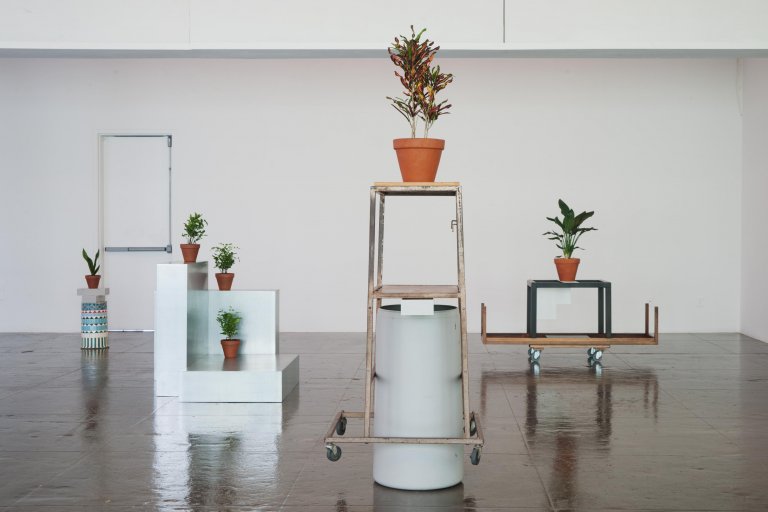
Installation view "Florian Slotawa – Local Plants", Artpace, San Antonio 2012
For Artpace, Slotawa endeavored to draw parallels between two cultures and their respective forms by using materials found locally. Struck by Texas’s own role in the history of Minimalism, he was interested in symbolically connecting to an historical European female figure—1930s Russian sculptor Katarzyna Kobro—by creating a co-habitation with the works of Donald Judd and the Texas landscape. Constructivism being one of the important antecedents to Judd’s own sculptural practice (which was only later termed Minimalism by art historians), Slotawa brings these pieces into a kind of a posthumous conversation. His process began in Poland, where he gained permission to make provisional models based on fragments of Kobro’s work out of metal. Upon arrival to Texas, he proceeded to build the metallic models, collect found furniture from around the office at Artpace, and drive back and forth to West Texas in order to view a conversation with the Judd legacy, as well as with the flora and fauna of the area (another local form). The final installation is a merging of these experiences, perspectives, and formal dialogues meant to create more expansive, equivocal parameters for sculpture and the natural environment.
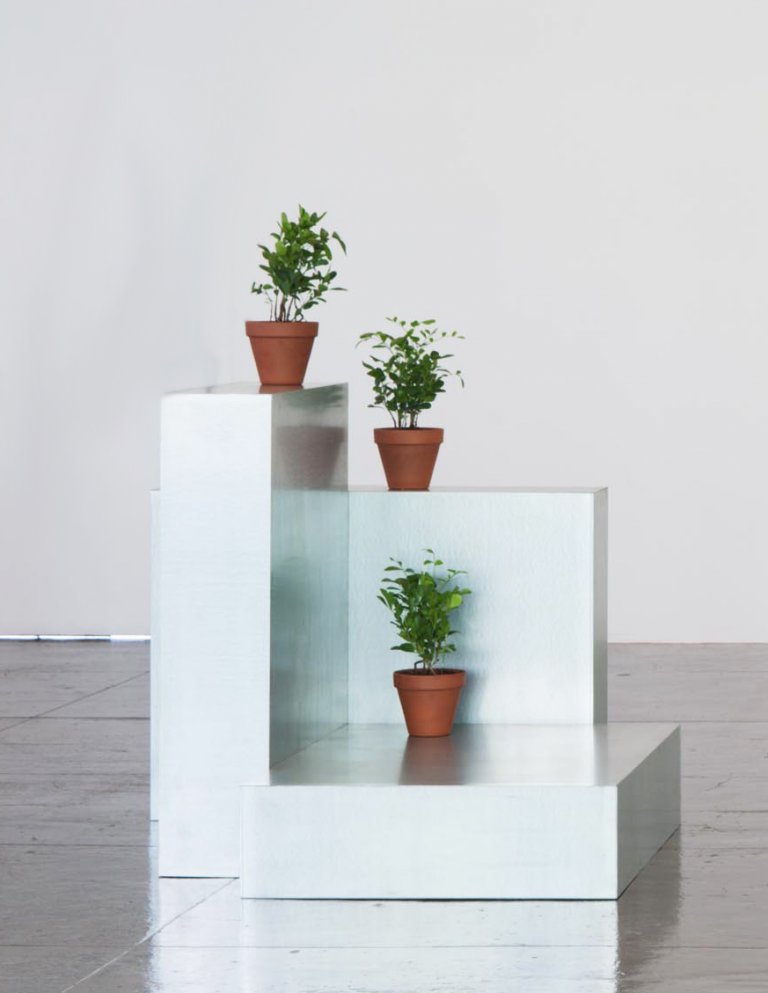
Local Plants 9 (Mountain Laurel), 2012, galvanized steel, steel, tape, 3x (6" terracotta pots, texas mountain laurel), 106.7 x 53.4 x 30.5 cm
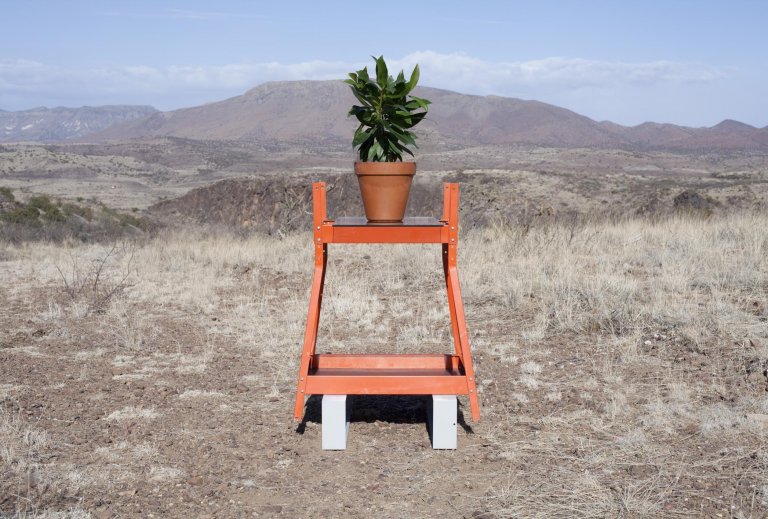
Local Plants 5 (Ardisia Crenata), 2012, steel, paint, steel table, mdf, glass, 8” terracotta pot, ardisia crenata, 170 x 45 x 36 cm
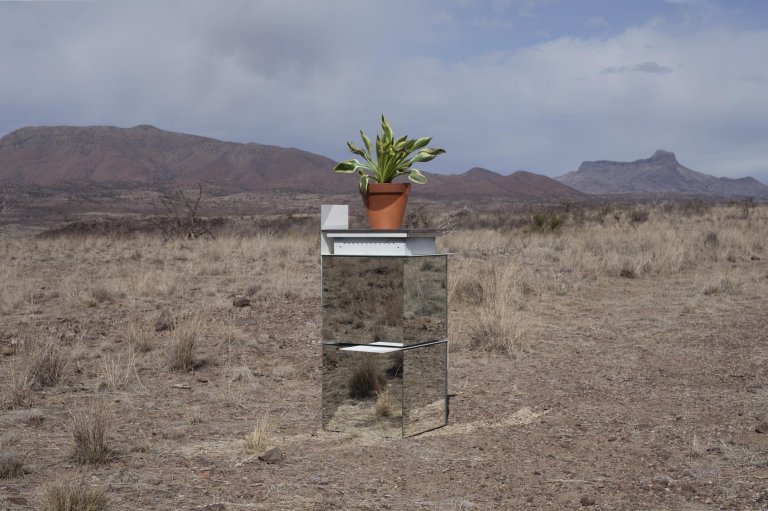
Local Plants 2 (Hosta Patriot), 2012, mirror, wood, steel, paint, medicine cabinet, 10” terracotta pot, hosta “patriot”, 152.4 x 50.8 x 64.8 cm
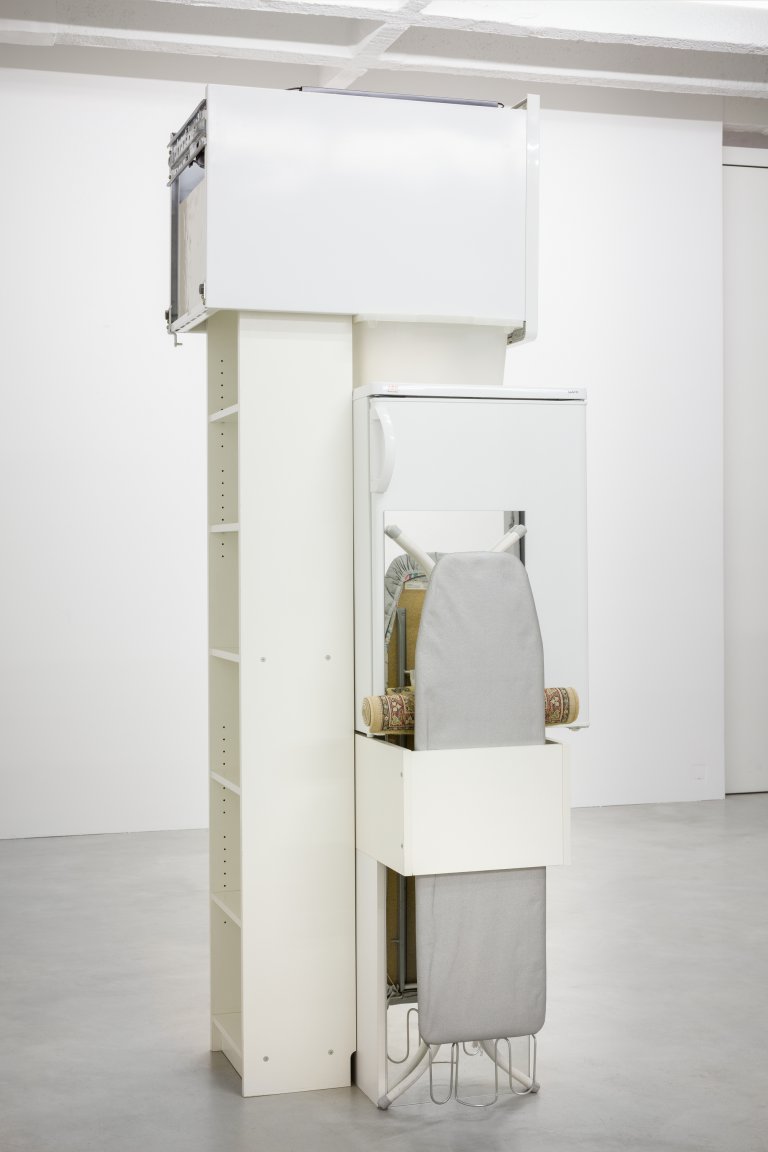
GS 001, 2005, home appliances, 245 x 106 x 93 cm
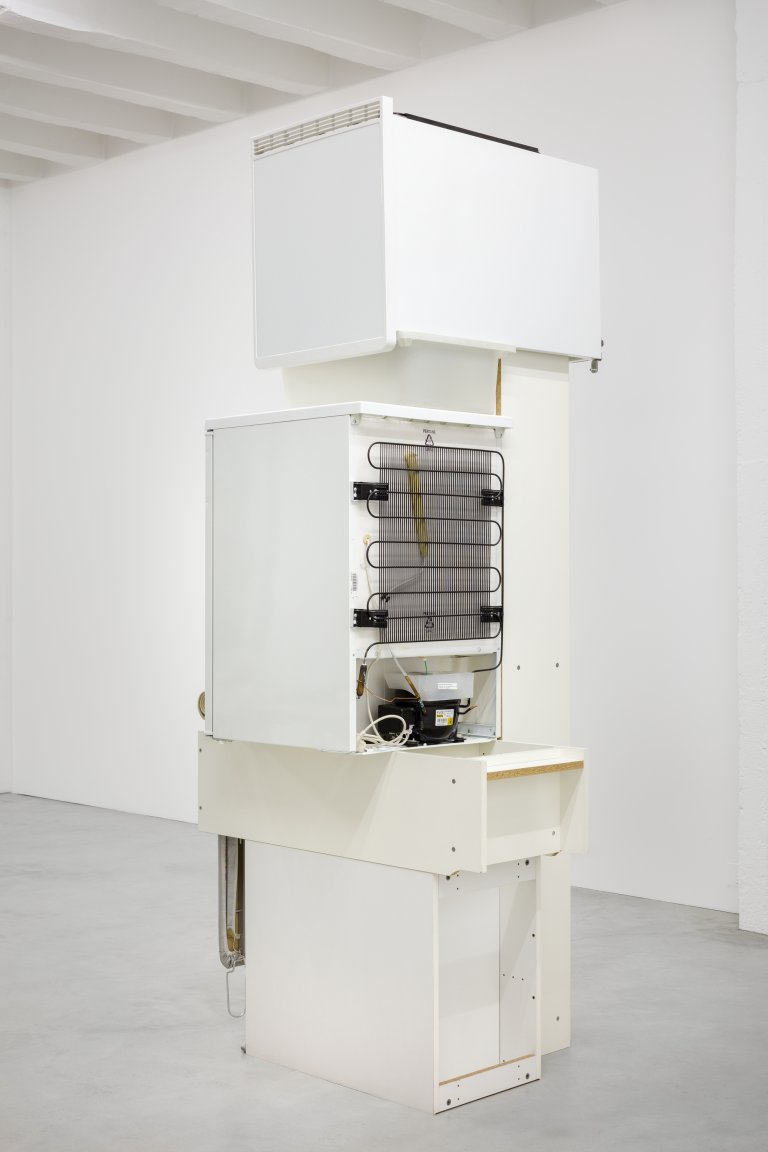
GS 001, 2005, home appliances, 245 x 106 x 93 cm
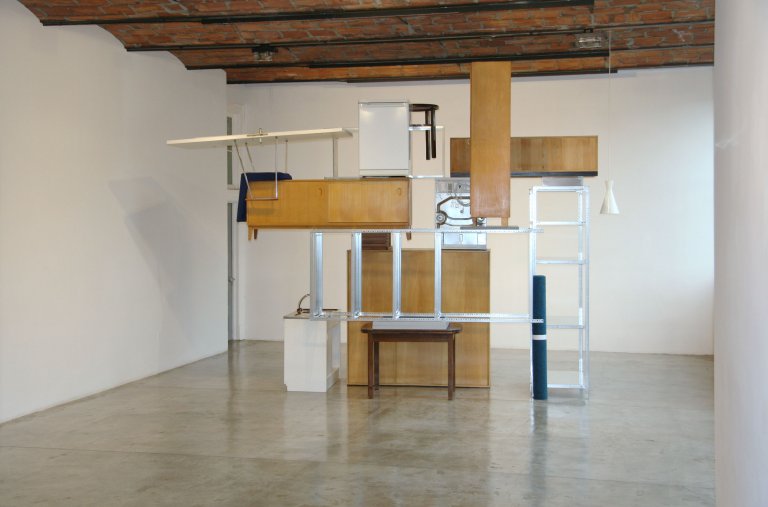
Installation view "Florian Slotawa – Besitzarbeit XII: Pier and Ocean", MoMA New York 2009
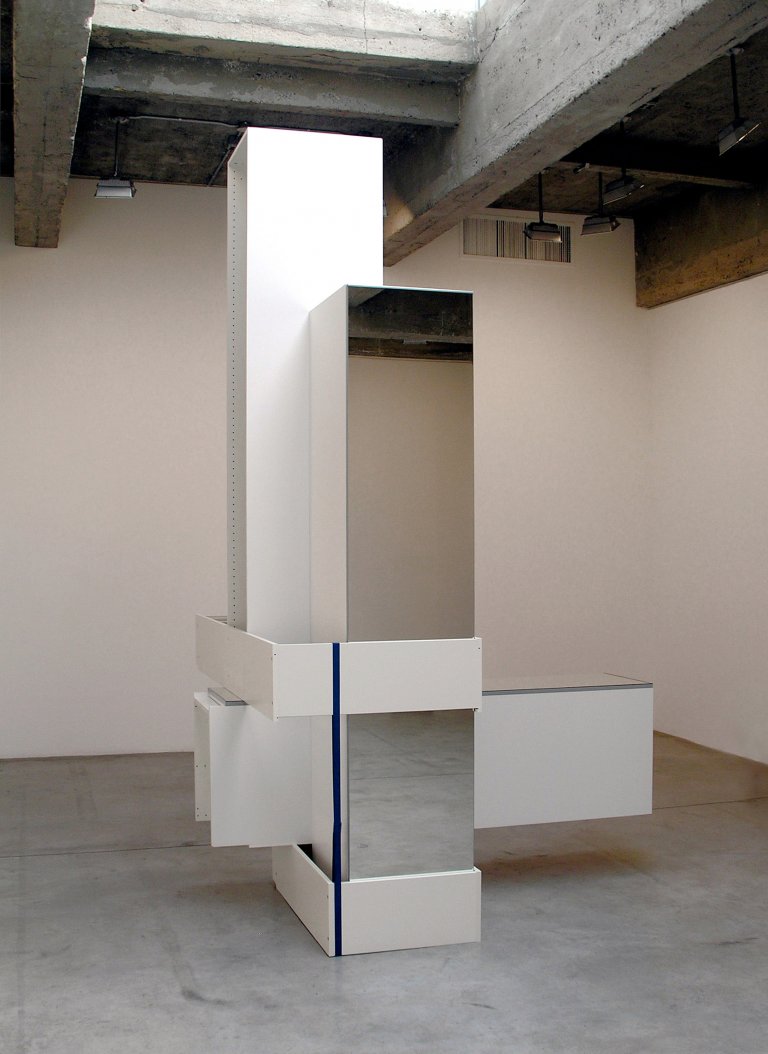
Ikea (Nordamerkiaversion), 2006, IKEA furniture, 326 x 201 x 202 cm
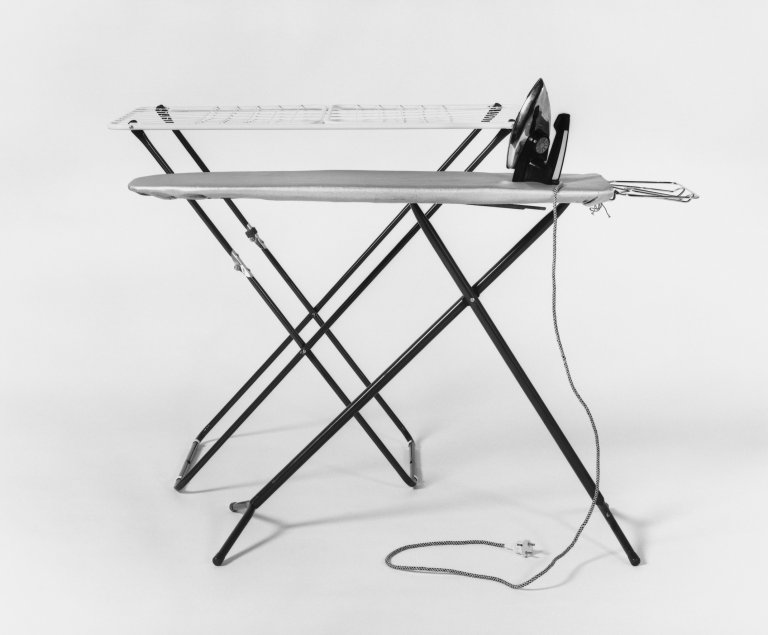
Mannheimer Bestandsaufnahme (Bügelbrett), 2002/2007, Gelatin silver print on baryta paper, framed 120.4 x 139.2 cm
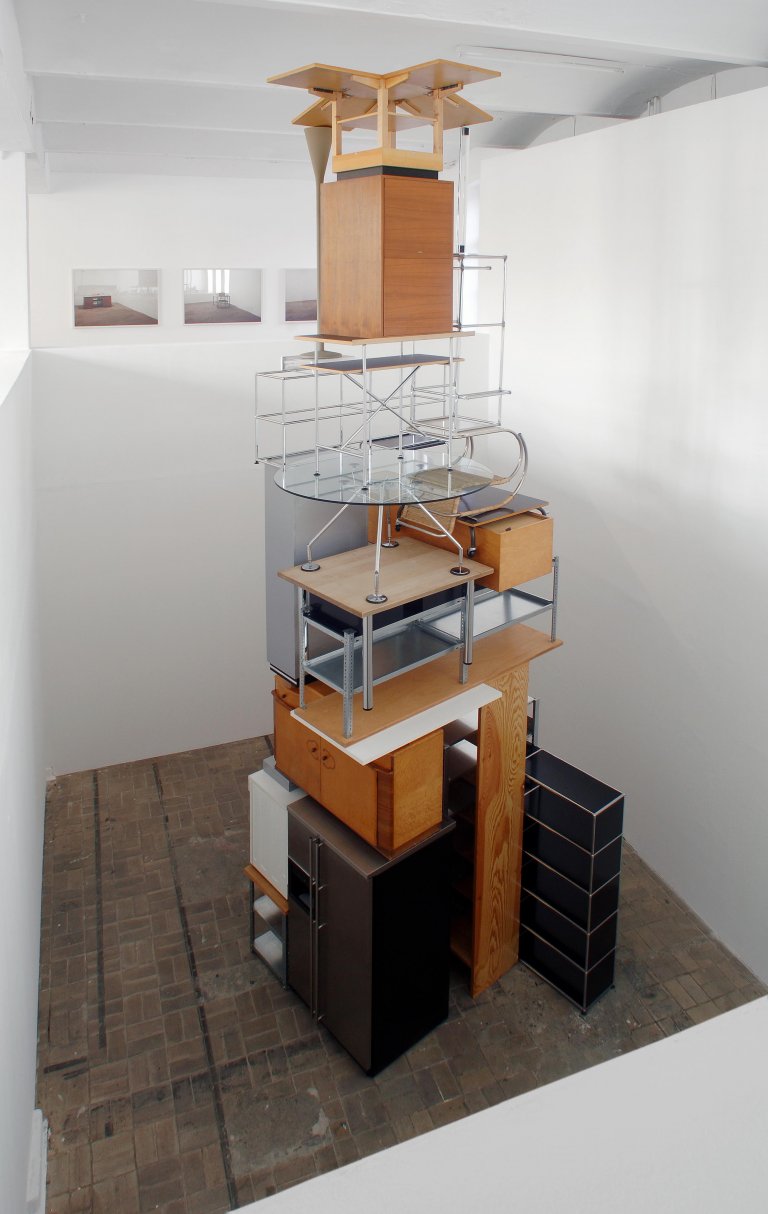
Installation view "Florian Slotawa – Ersatzturm (from 4th Berlin Biennial)", Kunst-Werke, Berlin 2006, Foto: Uwe Walter
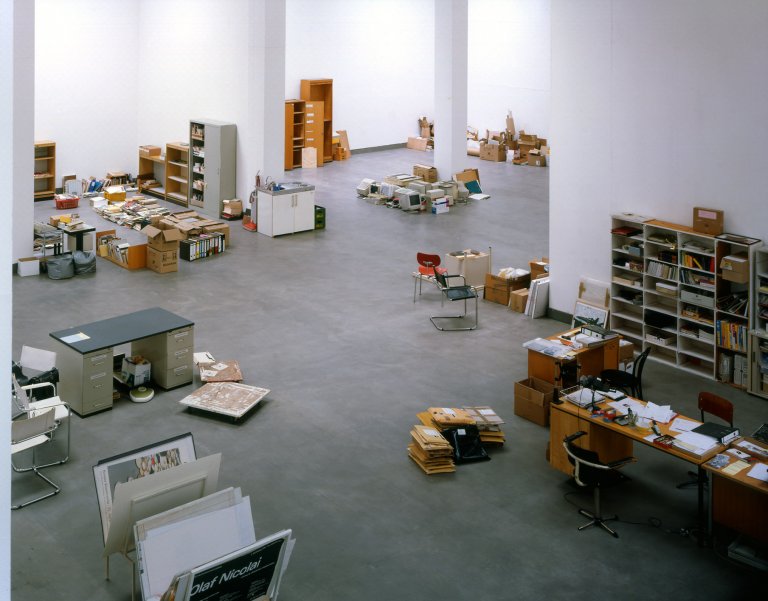
Installation view "Florian Slotawa – Bonn ordnen", Bonner Kunstverein, Bonn 2004
During the exhibition, the functions of the administrative offices were exchanged with those of the exhibition spaces: The entire inventory from the administration was moved to the main exhibition hall, thus converting it into a large open office space in which the employees now worked. This area was closed off to visitors, who could however view the space through a window on the first floor. The emptied offices were used to exhibit photographs from the series Mannheimer Bestandsaufnahme. Thus, the artist's preoccupation with his own possessions was on display, whereas the institution was forced to reconsider its own inventory.